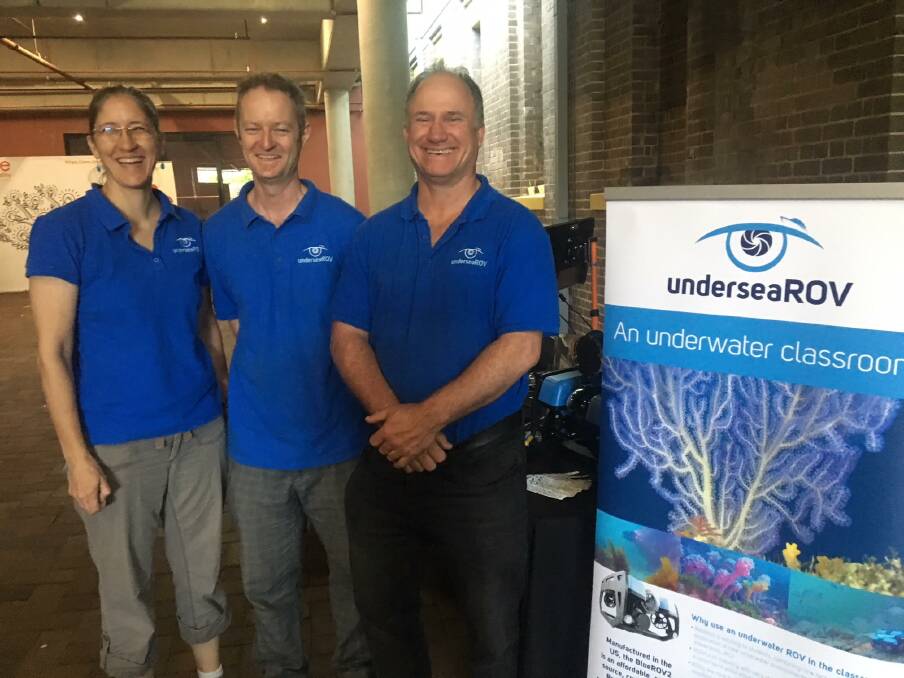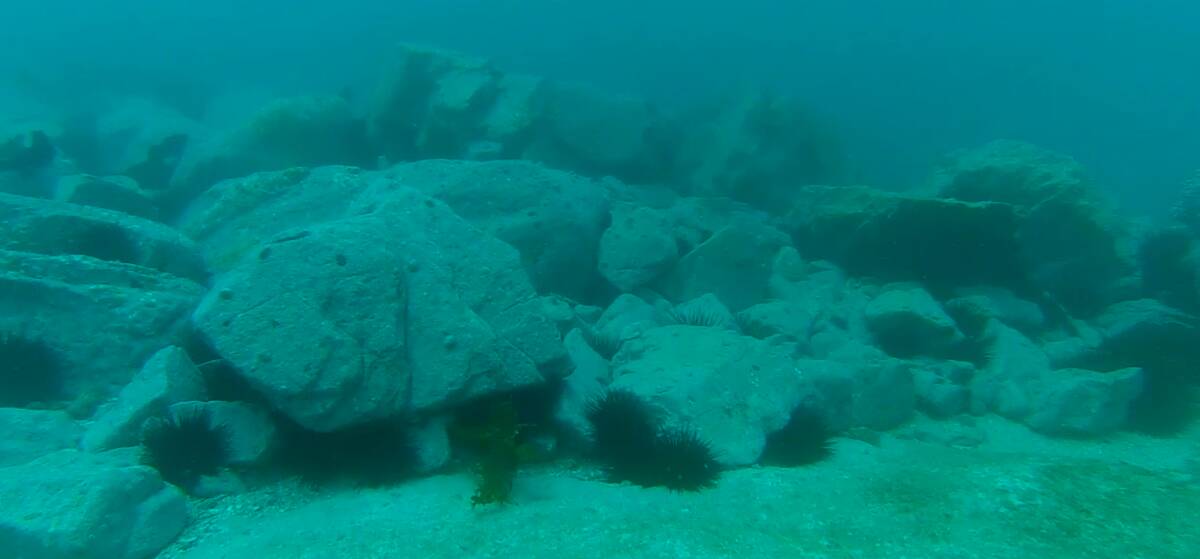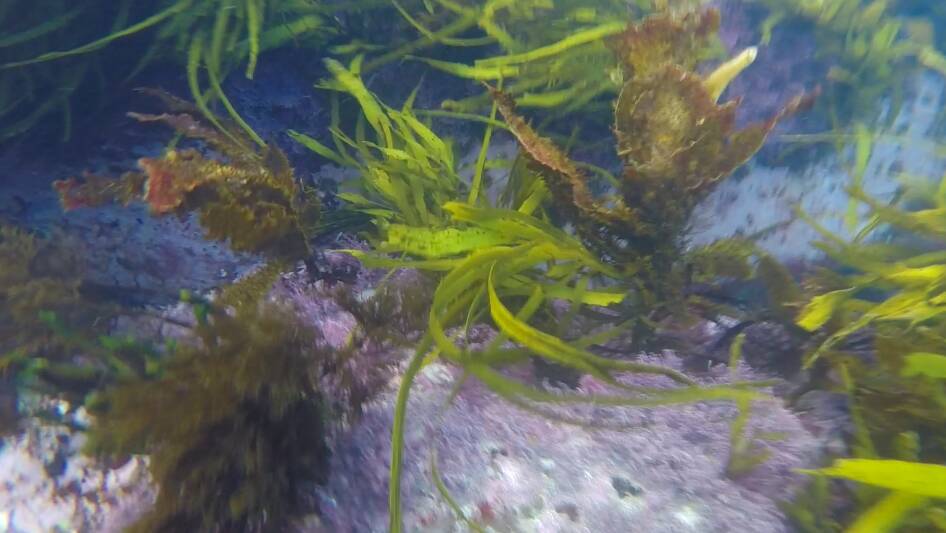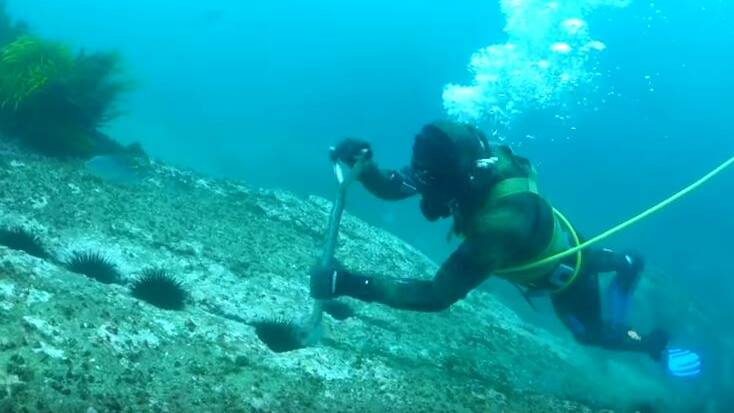
An underwater technology company is using their film to create awareness of the impact sea urchins have on marine life along the Far South Coast.
Subscribe now for unlimited access.
$0/
(min cost $0)
or signup to continue reading
The film is based on hundreds of hours of searching with sonar and filming with remotely operated robotic submarines (ROVs) which travel through the depths of Twofold Bay in Eden.
The underwater journey has been pieced together by UnderseaROV who are hoping to see the film boost the profile of their technology which can be used for research.
“From what science has told us, 65 per cent of the sponge reef has been eaten out by sea urchins, if we don’t act in whatever way necessary we will lose a lot more,” director of UnderseaROV Ian Holmes said.

“About 99 per cent of the people we have shown the imagery to have been shocked to see what is on the bottom of Twofold Bay,” he said.
The film travels over extensive sea urchin barrens – vast wastelands which are also evident at sites off Bermagui, Tathra, Merimbula and Montague Island.
Local divers and biologists have gathered research over the past 30 years, discovering if urchin numbers are reduced, marine fauna reappears and the environment slowly replenishes.

“The urchin is a fine grazer, cropping the seaweed down to bare rock – creating what we call barren habitat devoid of the diverse marine life found on weedy covered reefs,” local diver John Smythe of Abalone NSW said.
Urchin culling programs have been a government funded initiative in the past, which has proven to be beneficial to both the environment and local urchin fishery.
Mr Smythe has been involved in multiple sea urchin studies, he said “as urchin densities are reduced, the weed recovers and the remaining urchins produce a higher quality roe which can be processed viably and sold”.
“There is a win win for both the environment and the sea urchin fishery by having healthy urchins and weedy reef systems to support them,” he said.

Director of South Coast Sea Urchins Keith Browne said the company’s focus is to understand the urchin densities which maintain an ecological balance.
“You have to be careful because if you rip out all of the sea urchins you could end up with something else like starfish or mussels replacing them,” Mr Browne said.
UnderseaROV believe their technology is capable of assisting in the research of the blue economy and sustainable farming of the ocean.
“The film pilots what we can do, it is also getting the awareness out there that the sponge reef and marine life is under threat,” Mr Holmes said.


